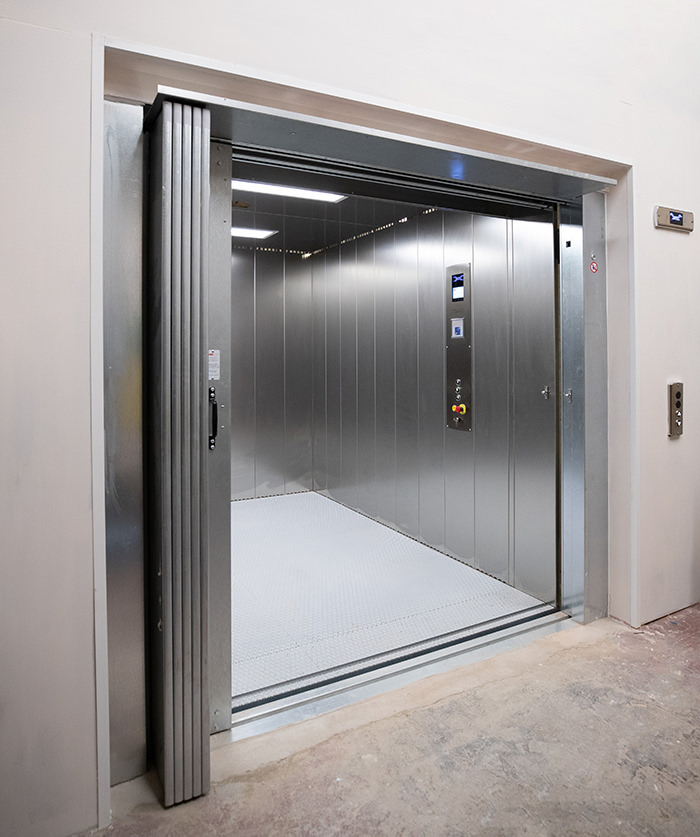Untangling the Complexities of Lift Innovation: Troubleshooting Common Problems Across Lift Designs
From slow-moving procedure problems to peculiar sounds rising from the equipment, fixing common problems throughout different lift versions requires an eager eye for detail and a systematic approach. Keep tuned as we navigate through the maze of lift breakdowns, seeking options to the enigmatic issues that can interfere with the smooth performance of these important devices.
Determining Slow Operation Issues

Next, check the electric links to make certain that all parts are appropriately linked and working. Malfunctioning electrical wiring or loose connections can lead to reduce procedure or total breakdown of the lift system. In addition, it is crucial to examine the control system to establish if the problem hinges on the programming or sensing units.
If the aesthetic assessment and electrical checks do not reveal the origin of the slow procedure, more diagnostic tests might be required. These can consist of pressure examinations for hydraulic systems, voltage examinations for electrical parts, or running analysis software program for the control system. repair and maintenance services. By adhering to an organized technique to troubleshooting slow procedure problems, you can efficiently deal with the trouble and determine, making sure the lift runs safely and effectively
Resolving Unusual Sounds
To effectively fix lift innovation for odd sounds, an extensive examination of the lift components complying with the identification of sluggish operation problems is critical. Strange noises in lifts can be indicative of underlying problems that require timely interest to make sure the safety and security and integrity of the system.
In addition, it is crucial to refer to the lift maker's upkeep guidelines and seek support from certified technicians when dealing with intricate lift components or unfamiliar troubleshooting procedures. By without delay resolving weird sounds and solving underlying concerns, lift operators can guarantee the optimal efficiency and security of the lift system for drivers and passengers.
Solving Faulty Control Problems
An effective method for dealing with damaged control issues in lift modern technology includes performing a comprehensive assessment of the control system's elements and functionality. When coming across issues with lift controls, it is vital to first look for any kind of loose links, harmed electrical wiring, or malfunctioning sensing units. Verifying that all control screens, switches, and keypads are working correctly is also vital in detecting the problem precisely.
If no noticeable concerns are obvious, service technicians need to proceed to inspect the control panel for any indicators of water corrosion, damage, or overheating, as these can commonly bring about control malfunctions. Additionally, resetting the control system or updating the software may help fix particular glitches or pests creating the trouble.

Tackling Hydraulic System Malfunctions
The performance of hydraulic systems in lifts counts heavily on the proper functioning of different elements within the system. When hydraulic systems breakdown in lifts, it can lead to functional disruptions and safety issues.
One more constant hydraulic system useful link malfunction is a loss of pressure, which can result from air going into the system, fluid contamination, or pump ineffectiveness. Professionals can address this by hemorrhaging the system to get rid of air, changing infected liquid, or servicing the pump as required. In addition, abnormalities in hydraulic fluid degrees or unusual noises throughout lift operation may suggest underlying system malfunctions that require immediate attention to avoid further damage. Regular upkeep and prompt troubleshooting of hydraulic system issues are important to ensuring the efficient and safe procedure of lift modern technology.
Managing Electric Component Failings
Attending to electrical component failings in lift technology demands an organized approach to detecting and solving issues to keep operational functionality and safety and security requirements. When encountering electric problems in lift systems, it is important to very first conduct a thorough evaluation of the electrical components, consisting of control panels, electrical wiring, sensors, and motherboard. Any indicators of damage, rust, loose links, or burnt aspects ought to be carefully noted and resolved promptly to avoid additional complications.
When it comes to electric component failures, it is essential to comply with supplier guidelines for fixing and repair work treatments. This might involve evaluating the components utilizing multimeters, oscilloscopes, or various other analysis tools to pinpoint the precise resource of the breakdown. Additionally, having an extensive understanding of the lift's electric schematics and circuitry layouts can aid in determining and rectifying problems efficiently.
Normal maintenance and examination routines can assist protect against electric failures by spotting prospective problems early on. Appropriate training for lift professionals on electric systems and parts is additionally important to guarantee exact diagnosis and effective resolution of electric troubles, inevitably adding to the total safety and this hyperlink security and reliability of lift procedures.
Verdict
To conclude, repairing lift modern technology requires a systematic method to determine and attend to typical troubles such as slow operation, weird sounds, malfunctioning controls, hydraulic system breakdowns, and electrical component failings. By recognizing the complexities of lift technology and following correct fixing steps, technicians can successfully solve problems and guarantee the effective and risk-free operation of lifts throughout different models.
To properly fix lift technology for weird sounds, an extensive evaluation of the lift parts complying with the identification of slow-moving operation concerns is critical. Odd noises in lifts can be a measure of underlying problems that call for timely focus to make sure the safety and integrity of the system.An effective approach for dealing with damaged control issues in lift modern technology includes performing an extensive analysis of the control system's elements and capability.The effectiveness of hydraulic systems in lifts depends heavily on the appropriate performance of various elements within the system. repair and maintenance services. When encountering electrical troubles in lift systems, it is essential to very first perform an extensive examination of the electrical elements, consisting of control panels, circuitry, sensors, and circuit boards
Comments on “Discover the Best Disabled Platform Lifts Prices UK for Residential and Commercial Usage”